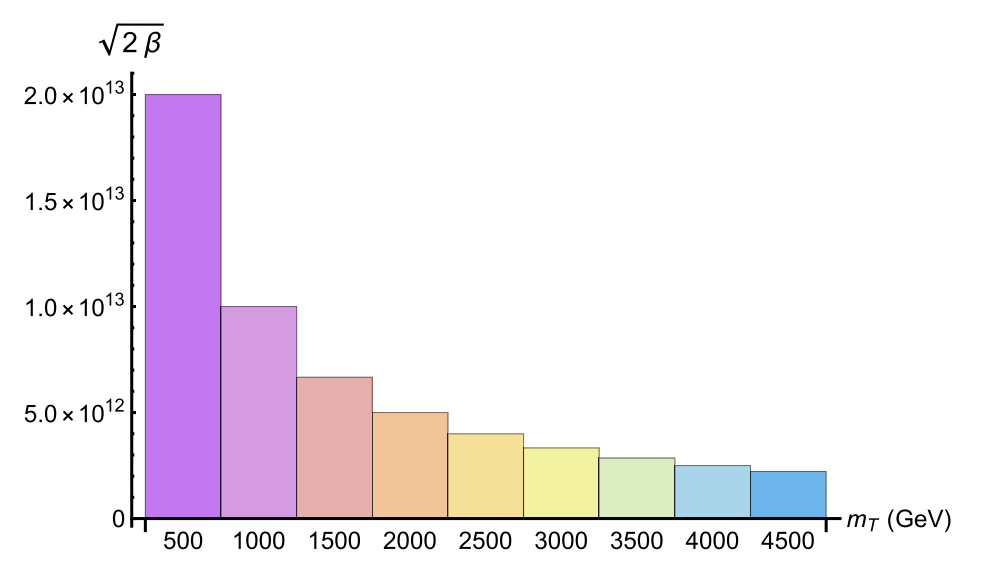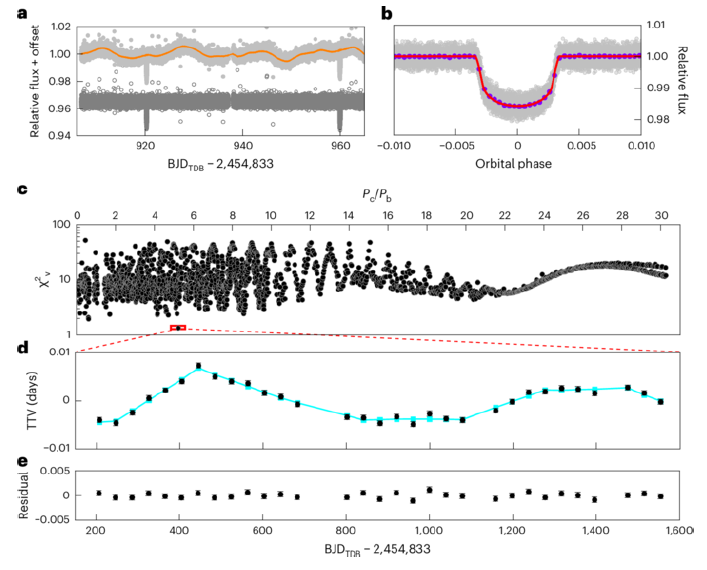2025-05-28 中国科学院(CAS)

The histogram for the BI parameter and the trace torsion mass in GeV (Image by XAO)
<関連情報>
- https://english.cas.cn/newsroom/research_news/phys/202505/t20250530_1044775.shtml
- https://link.springer.com/article/10.1140/epjc/s10052-025-14065-5
バルベロ-イミルジ・パラメーターとアクシオン-トーション変換が引き起こすダークフォトンとタキオン不安定性 Dark photons and tachyonic instability induced by Barbero–Immirzi parameter and axion–torsion transmutation
Zhi-Fu Gao,Biaopeng Li & L. C. Garcia de Andrade
The European Physical Journal C Published:18 April 2025
DOI:https://doi.org/10.1140/epjc/s10052-025-14065-5
Abstract
In this paper, we investigate Holst gravity by examining two different examples. The first example involves minimal coupling to torsion, while the second explores non-minimal coupling. The motivation for the first example stems from the recent work by Dombriz et al. (Phys Lett B 834:137488, 2022), which utilized a technique of imposing constraint constant coefficients to massive torsion in the model Lagrangian to determine parameters for the Einstein–Cartan–Holst gravity. We extend this methodology to investigate dark photons, where axial torsion transforms into axions. Interest in elucidating the abundance of dark photons within the framework of general relativity was sparked by Agrawal et al. (Phys Lett B 801:135136, 2020). Building on the work of Barman et al. (Phys Rev D 101:075017, 2020), who explored minimal coupling of massive torsion mediated by dark matter (DM) with light torsion on the order of 1.7 TeV, we have derived a Barbero–Immirzi (BI) parameter of approximately 0.775. This value falls within the range established by Panza et al. at TeV scales, specifically 0≤β≤1.185 (Phys Rev D 90:125007, 2014). To the best of our knowledge, this is the first time a BI parameter has been induced by dark photons on a minimal Einstein–Cartan (EC) gravity. Very recently, implications of the finding of a BI parameter in cosmological bounces have appeared in the literature (Phys Dark Universe 44:141078, 2024). For a smaller BI parameter, a higher torsion mass of 1.51 TeV is obtained. Nevertheless, this figure is still a signature of light torsion which can be compatible with light dark photon masses. The magnetic helicity instability of the dark photons is investigated. The axion oscillation frequency is shown to depend on the BI parameter, and the BI spectra are determined by a histogram. This study not only broadens the understanding of Holst gravity but also provides crucial insights into the interplay between torsion, dark photons, and axions in the cosmological context.



